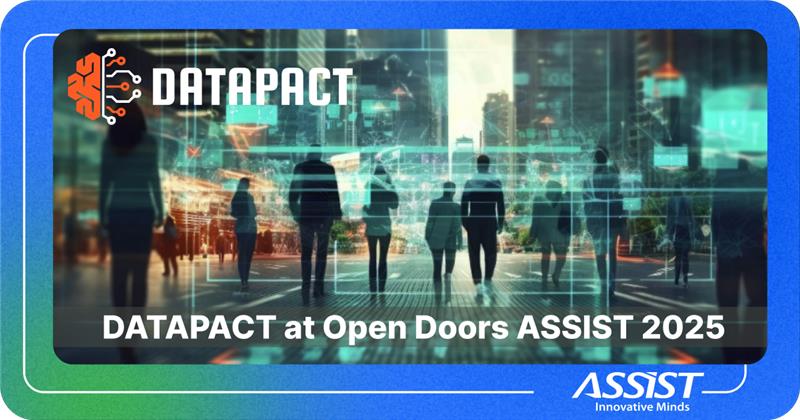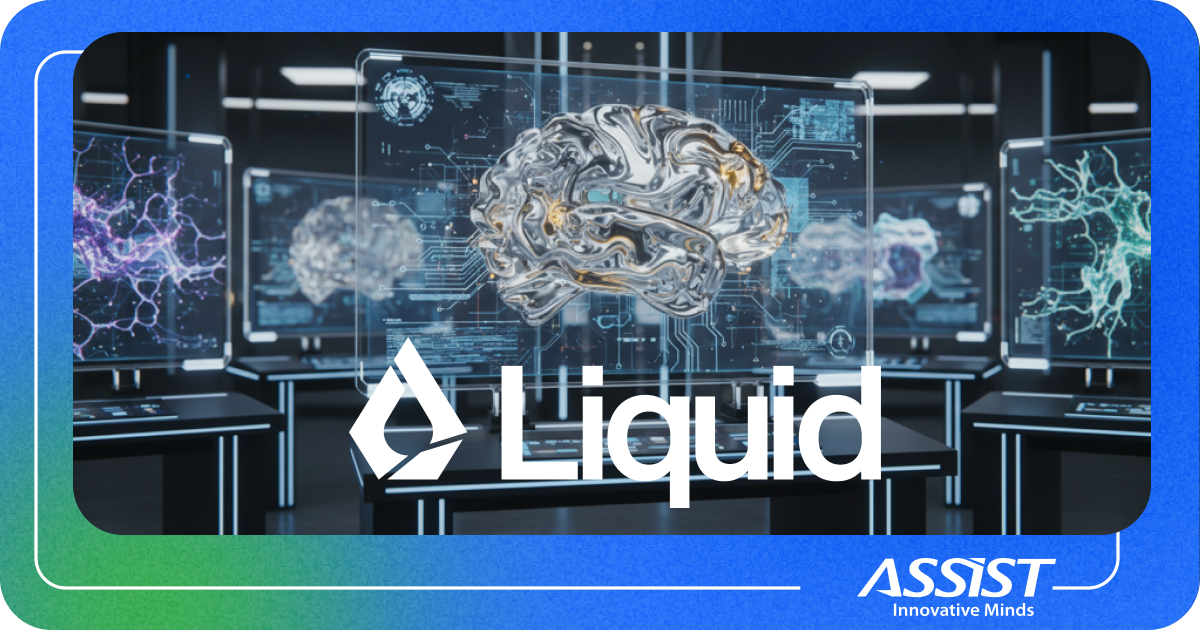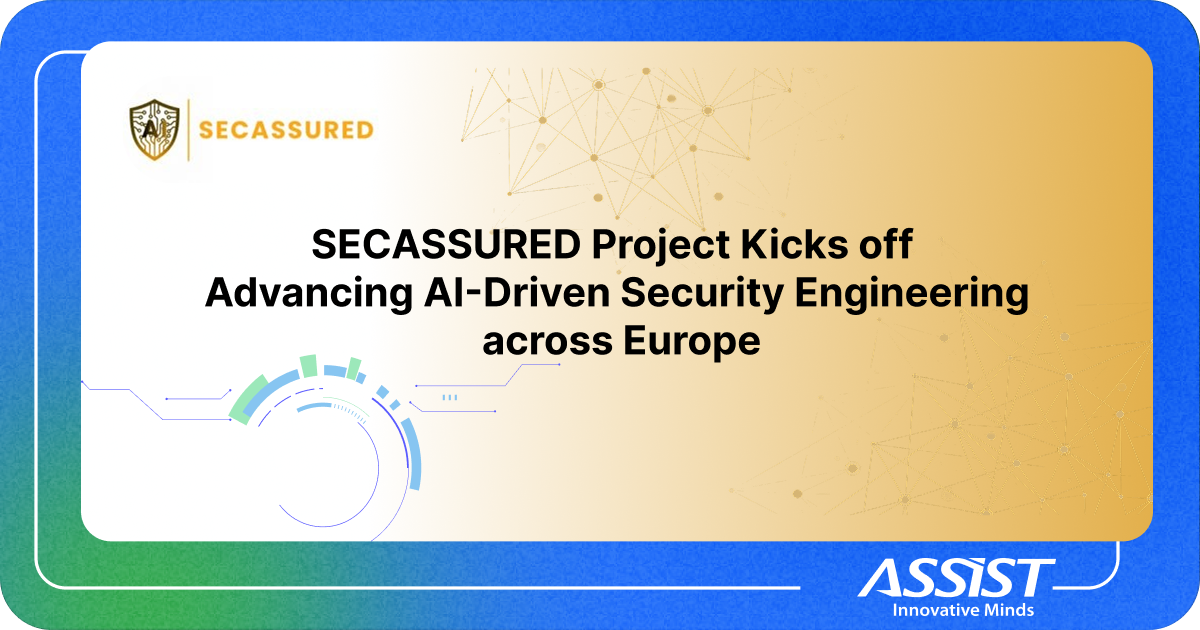High-End Audio Meets High-End Code in The Software Behind Audiophile-Grade Streaming
When people think about high-end audio, they often picture premium hardware such as DACs, amplifiers, cables. But the real game-changer in modern audio? Software.
At ASSIST Software we understand that the ability to process, optimize, and deliver high-fidelity sound with minimal latency and interference is just as much about intelligent software architecture as it is about hardware. The same principles software engineers apply to AI, cloud computing, and fintech—performance optimization, real-time processing, and seamless UX—are crucial in high-end audio.
A perfect example of this software-driven transformation is the Rockna Wavelight Server. Unlike traditional setups that require a dedicated Roon Core server, a separate streamer, and network optimizations, this system integrates everything into a single, highly optimized unit.
Recently, Silviu Tudor's review of the Rockna Wavelight Server highlighted exactly how software plays a crucial role in delivering high-fidelity sound:
"Wavelight Server simplifies the entire Roon experience by combining both the server and client into a single, high-performance unit. If Roon is essential to you, WLS elegantly solves the challenge of optimization, setting itself apart from other streamers on the market."
So, what can software developers and tech leaders learn from Rockna's approach? Let's break it down.
The Power of Software in High-End Audio
1. Optimization Beats Raw Processing Power
Many companies take a brute-force approach to performance: bigger processors, more RAM, faster clockspeeds. Rockna chose a different path—instead of overloading the system with excessive power, they focused on software optimization to achieve the best results.
💡 Why does this matter beyond audio?
- In AI and cloud computing, optimized algorithms often outperform raw processing power, making workloads more efficient and scalable.
- In fintech, high-frequency trading platforms rely on low-latency, well-optimized systems rather than just throwing more hardware at the problem.
- In gaming, well-optimized engines run smoothly on lower specs, improving accessibility and performance.
Rockna's approach proves that intelligent software can deliver premium results without excessive hardware demands—a lesson every software engineer and product architect should take to heart.
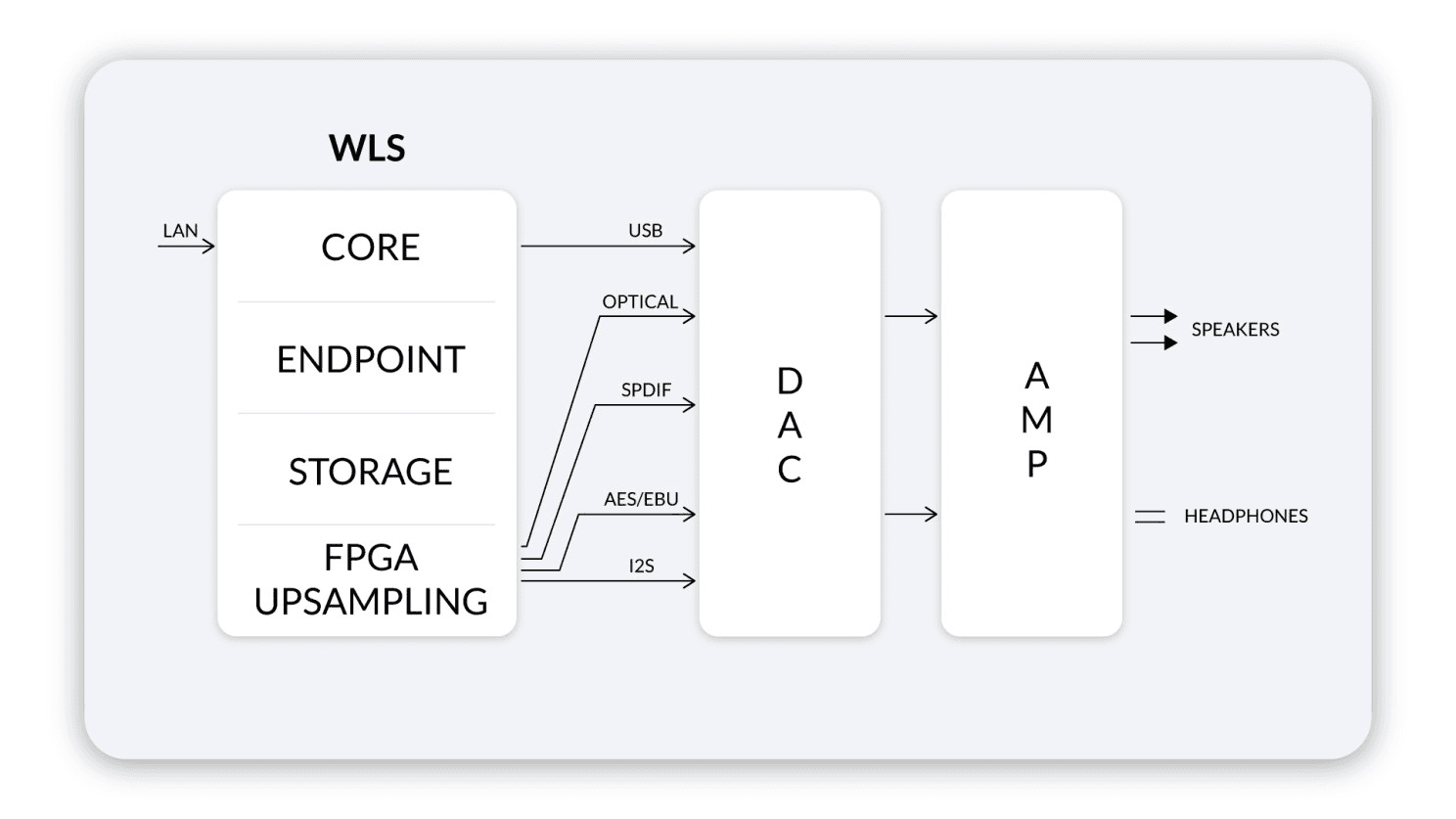
2. Seamless Integration Eliminates Complexity
Traditionally, audiophiles had to juggle multiple components. Rockna streamlined the entire process into a single system, where the hardware and software are perfectly aligned for optimal performance.
How this applies to software development:
- In SaaS and cloud platforms, reducing system complexity leads to better security, reliability, and user adoption.
- In IoT and edge computing, integrating processing power directly into devices eliminates latency issues and improves efficiency.
- In enterprise software, reducing dependencies and unnecessary middleware leads to more stable, scalable products.
The lesson? Eliminate friction, integrate smarter, and reduce the barriers between hardware and software.
3. The Future is Real-Time, High-Performance Streaming
High-end audio is real-time data processing at its finest. Every microsecond counts when streaming a bit-perfect audio signal without jitter, lag, or interference.
Rockna optimized network performance, implemented galvanic isolation to reduce interference, and structured its software to prioritize audio fidelity above all else.
📌 Where else does this principle apply?
- Cloud gaming: Services like GeForce Now and Xbox Cloud Gaming struggle with the same challenge—delivering high-quality real-time streams with ultra-low latency.
- AI inference: Whether in autonomous driving, fraud detection, or real-time decision-making, AI models must process data streams instantly with minimal lag.
- Cybersecurity: Real-time threat detection and response rely on fast, low-latency systems to identify risks before they escalate.
As software engineers, we're all facing the same challenge—balancing high-performance real-time processing with reliability, scalability, and efficiency.
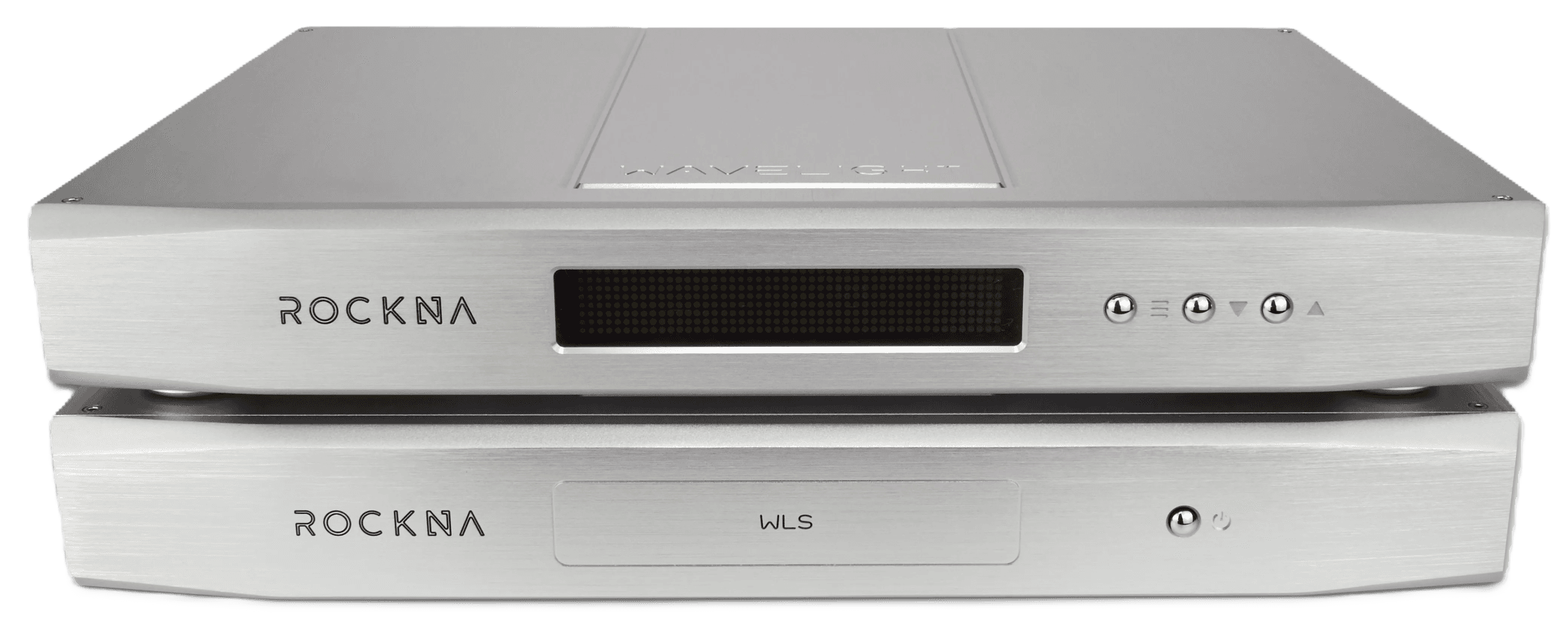
Takeaways for Software Developers
The Rockna Wavelight Server isn't just about better sound—it's a masterclass in software-driven hardware innovation. Whether you're working in AI, fintech, gaming, or SaaS, these principles apply:
✅ Optimized software beats brute-force hardware upgrades. Efficient systems are faster, cheaper, and more scalable.
✅ Seamless integration removes complexity and improves user experience. The best solutions feel effortless.
✅ Real-time, high-performance processing is the future. Whether in streaming, AI, or cybersecurity, every millisecond matters.
At ASSIST Software, we understand that software isn't just about writing code—it's about engineering experiences, solving complex problems, and unlocking new possibilities.
